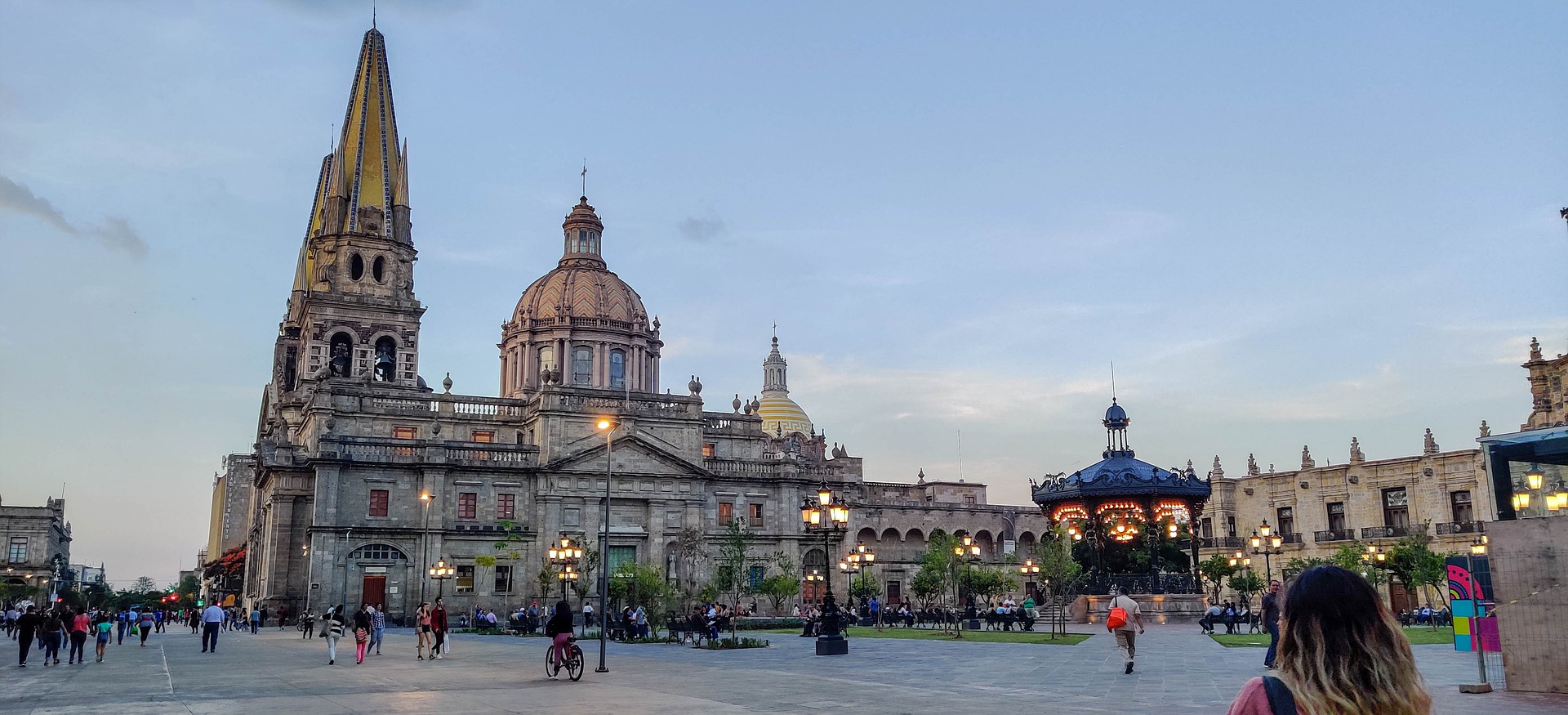News release
From:
Understanding the role of urban design in disease spreading
Environmental, social and economic factors give rise to health inequalities among the inhabitants of a city. To understand the relationship between urban characteristics and health, we developed a mathematical framework that introduces urban geography and mobility in simulations of infectious disease spreading. In a set of experiments meant to explore the role of urban design as a driver of health inequality, we show that the agglomeration of economic activities can control the size and timing of epidemics. Moreover, we find that activity hotspots give rise to predictable patterns in the spread of disease, which suggests that our approach can be used to design public health strategies that target those who are most vulnerable.



 International
International



